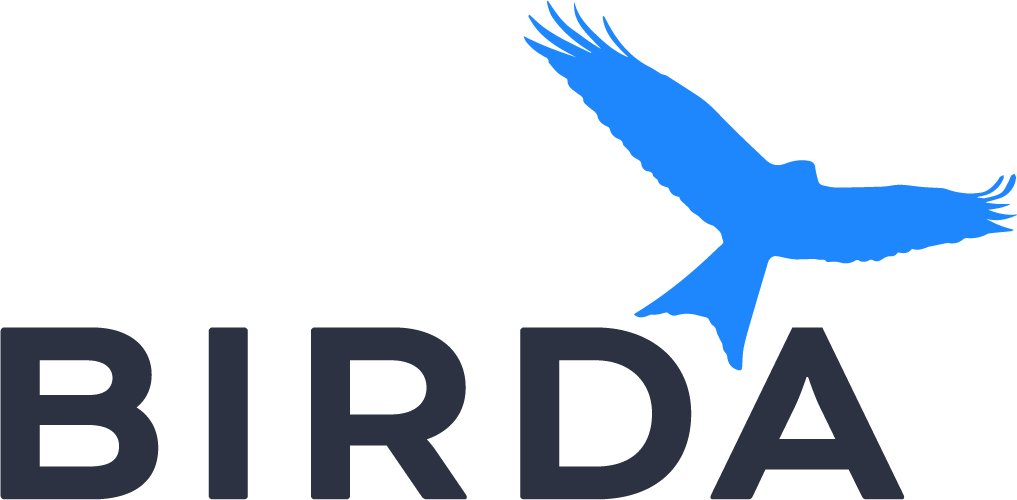
West Indian Whistling Duck
Dendrocygna arborea
The West Indian whistling duck, also known as the black-billed whistling duck or Cuban whistling duck, is a distinctive species within the Caribbean. It is the largest and darkest of its genus, Dendrocygna, with a stately length ranging from 48 to 58 cm, akin to the size of a mallard. The males and females of this species exhibit a slight sexual dimorphism in weight, with females tipping the scales between 800 to 1,320 grams and males slightly lighter at 760 to 1,240 grams. Their plumage is characterized by a dark brown to black crown, back, breast, and wings, while the face is a lighter brown and the underparts are white, boldly marked with black. The long black bill, elongated head, and relatively long legs are notable features. Juveniles mirror the adults but with a more subdued belly pattern and overall duller appearance.
Identification Tips
When identifying the West Indian whistling duck, look for its long black bill and similarly elongated head and legs. The contrast between the pale foreneck, light brown face, and the darker crown and upperparts is quite striking. The white underparts with pronounced black markings are also distinctive. Both adults and juveniles share these characteristics, though juveniles may appear less vivid.
Habitat
This species is known to inhabit wooded swamps and mangroves, environments that provide both the shelter and the food sources these ducks require. They are particularly fond of the fruit of the royal palm, which forms a significant part of their diet.
Distribution
The West Indian whistling duck has a scattered distribution across the West Indies. Notable populations can be found in the Bahamas, with smaller numbers residing in Cuba, the Cayman Islands, Antigua and Barbuda, Jamaica, Hispaniola (encompassing both the Dominican Republic and Haiti), and Puerto Rico. They are generally sedentary, showing little inclination to migrate unless prompted by local conditions, which may drive them to travel distances exceeding 100 km.
Behaviour
These ducks are predominantly nocturnal and tend to be secretive by nature. They have a habit of perching in trees, a behavior that is reflected in their species name, arborea. This arboreal tendency is somewhat unusual among ducks and is a fascinating aspect of their behavior to observe.
Breeding
Breeding sites for the West Indian whistling duck are quite varied, with nests reported in tree cavities, on branches, within clumps of bromeliads, and on the ground under thatch palms and dense bushes. The clutch size is generous, typically ranging from 10 to 16 eggs.
Diet and Feeding
The West Indian whistling duck's diet is primarily plant-based, with a particular preference for the fruit of the royal palm. Their nocturnal feeding habits align with their secretive nature, often foraging under the cover of darkness.
Conservation status
The West Indian whistling duck is currently classified as Near Threatened on the IUCN Red List. This status is due to a combination of factors including habitat loss, hunting pressures, and the degradation of over 50% of their wetland habitats. Mangrove and swamp-forest cutting, pollution, and natural disasters such as droughts and hurricanes further exacerbate the threats to their survival.
Current conservation measures
The species is protected under CITES Appendix II and CMS Appendix II, with legal protection established across much of its range. However, enforcement of these protections is often inadequate. Conservation efforts have been bolstered since 1997 by the West Indian Whistling Duck Working Group. Protected areas do exist within the region, but there is a need for more representation of suitable habitats, particularly wetlands. On Antigua and Barbuda, predation by introduced small Indian mongooses, originally intended to control cane rats, has become an additional concern.
Proposed conservation measures
To better safeguard the future of the West Indian whistling duck, it is proposed to conduct extensive surveys to assess their numbers and distribution, assist local authorities in establishing long-term monitoring programs, conserve key sites, enforce legal protection rigorously, and initiate public education and awareness campaigns to foster a supportive environment for their conservation.


































































